Analysis of the epidemiologic, clinical, laboratory, ultrasonographic, and anatomopathological profile of women with hydatidiform mole at two referral centers in Northeastern Brazil
Epidemiologic profile – hydatidiform mole
Keywords:
hydatidiform, clinics, ultrasound, anatomophatology, outcomesAbstract
Objective: To determine the profile of women undergoing uterine evacuation for suspected hydatidiform mole (HM) according to their clinical, laboratory, ultrasound, and anatomopathological characteristics at two referral centers in Northeastern Brazil. Methods: Retrospective cohort study was performed in two referral centers between October 2016 and December 2022 with women undergoing uterine evacuation for suspected HM. Socio-demographic characteristics, clinics, biochemistry, ultrasound, anatomopathology, and outcome were evaluated. Results: A total of 507 women were admitted with clinical suspicion of gestational trophoblastic disease, of which 334 were confirmed, with 107 being in Center-1 and 227 being in Center-2. Mean distance between the referral center and the patient‘s home was 88 km. Mean age of the women was 27 ± 9 years, with a predominance of 19 to 39 years (72%), and approximately 60% of the cases were diagnosed ≤ 12 weeks of gestation. Vaginal bleeding was observed in 79% of women. Transvaginal ultrasound showed a typical appearance in 90% of the examinations. The macroscopic aspect was described as a vesicle in 70% of cases. Uterine evacuation was mainly performed by uterine curettage (43%). The majority of women had no complications (69%). The outcome considered to be remission was achieved in 37.1% of cases, but 38.9% abandoned follow-up, and 9% did not start follow-up after hospital discharge. Conclusion: The distance traveled by women to the referral centers was significant, but the majority of women had no complications. Remission was observed in 37.1% of women, but there was a high abandonment rate of 38.9%.


